Table of Contents
Introduction to Peppercorns
Peppercorns are one of the most essential spices in kitchens around the world. They add a distinct heat and complexity to dishes, making them a staple in both home cooking and professional gastronomy. But did you know that not all peppercorns are the same? In fact, there are several varieties, each with its own unique flavor profile and culinary uses. Whether you're a seasoned chef or just starting out, understanding these varieties can elevate your cooking game significantly.
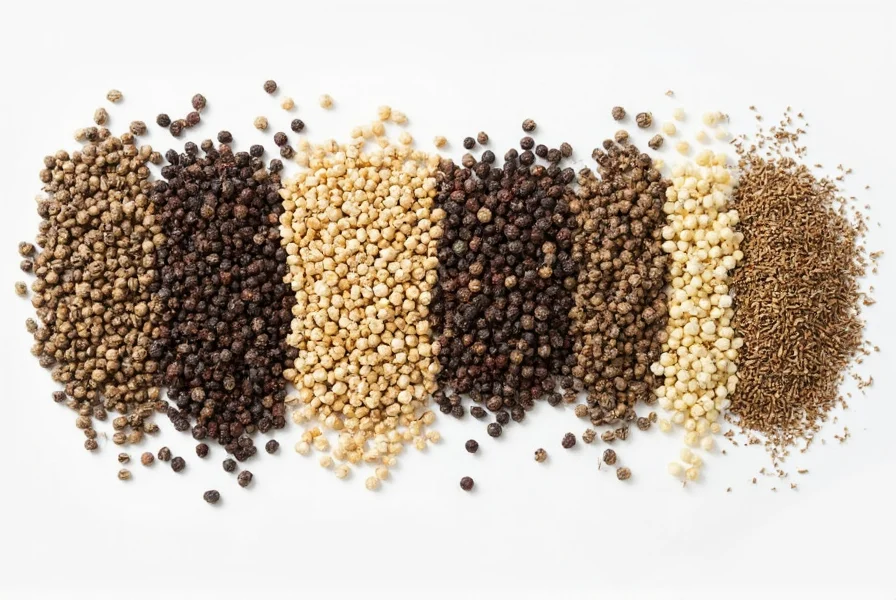
The Different Types of Peppercorns
There are several main types of peppercorns, each derived from the same plant—Piper nigrum—but harvested at different stages of ripeness and processed differently. Let's dive into the most popular ones:
- Black Peppercorns: The most common type, made from unripe green berries that are dried. They have a sharp, pungent flavor and are used in almost every cuisine.
- White Peppercorns: These are black peppercorns that have been soaked and stripped of their outer layer, resulting in a milder, slightly sweet flavor. They are often used in white sauces and light-colored dishes.
- Green Peppercorns: These are the unripe berries and are usually preserved in brine or salt. They have a fresher, more herbal taste and are great for adding a subtle kick to dishes.
- Red Peppercorns: These are ripe berries that have been dried. They are less commonly used but offer a fruitier, sweeter flavor compared to black peppercorns.
- Pink Peppercorns: Despite their name, they are not true peppercorns. They come from the Schinus molle tree and have a mild, citrusy flavor. They are often used as a garnish or in spicy blends.
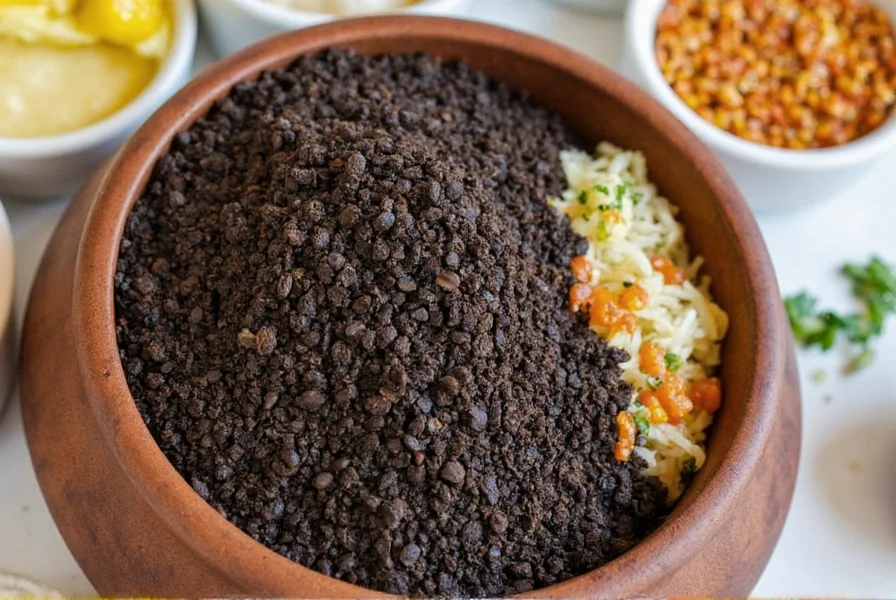
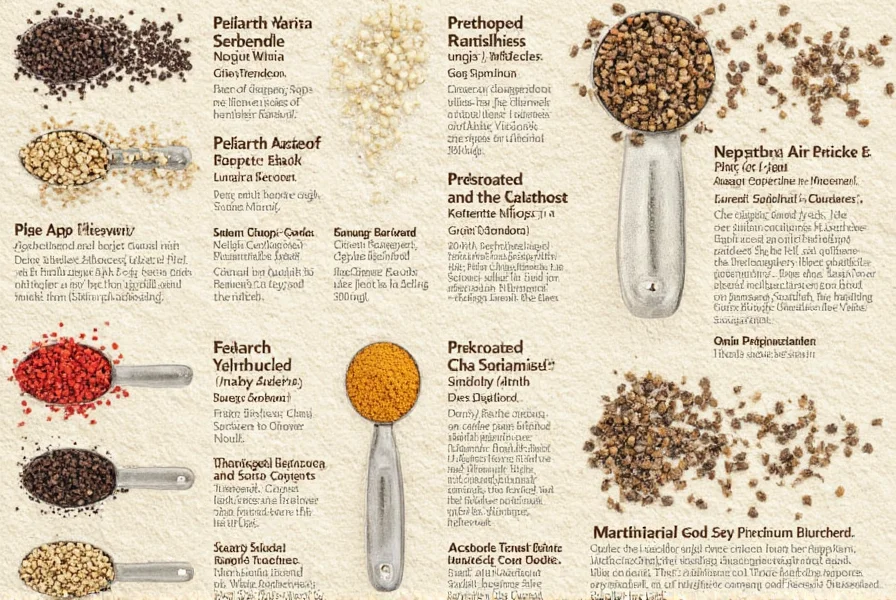
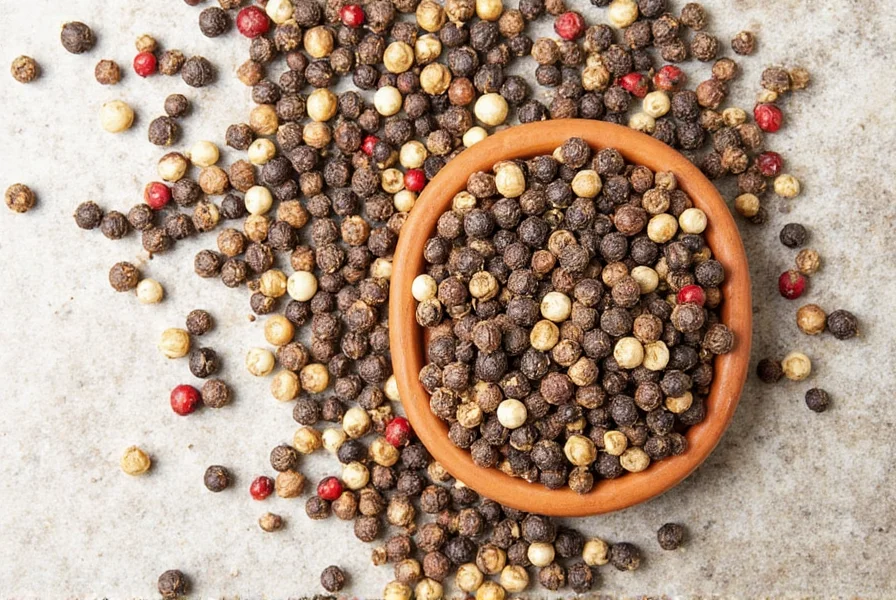
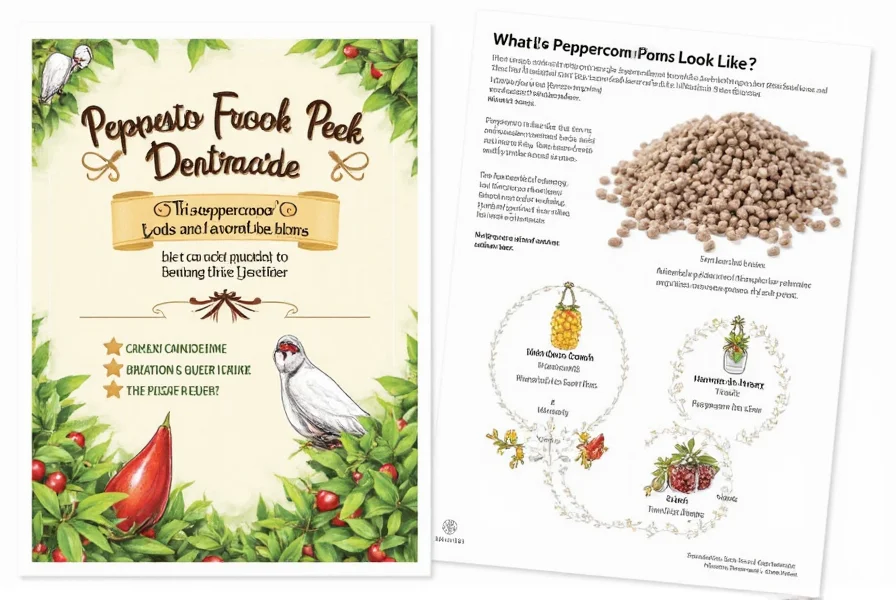

A Comparison Table of Peppercorn Varieties
| Peppercorn Type | Flavor Profile | Common Uses | Best For |
|---|---|---|---|
| Black Peppercorns | Sharp, pungent, and spicy | Most cuisines, marinades, rubs | Everyday cooking |
| White Peppercorns | Mild, slightly sweet | White sauces, seafood, light dishes | Subtle flavor enhancement |
| Green Peppercorns | Fresh, herbal, slightly tangy | Salads, sauces, pickles | Light and fresh dishes |
| Red Peppercorns | Fruity, sweet, and spicy | Spicy dishes, stews, meat | Bold and complex flavors |
| Pink Peppercorns | Citrusy, floral, mildly spicy | Garnishes, spice blends, desserts | Unique and decorative additions |
How to Use Peppercorns in Cooking
Understanding how to use different peppercorns can make a huge difference in your cooking. Here are some tips to help you get the most out of each variety:
- Black Peppercorns: Grind them fresh using a mortar and pestle or a pepper mill for maximum flavor. They pair well with meats, vegetables, and soups.
- White Peppercorns: Best used in delicate dishes where black specks would be visible. Try them in béchamel sauce or creamy pasta.
- Green Peppercorns: Use them in brined form for a fresh, zesty kick. They work well in Thai curries and Vietnamese fish sauce.
- Red Peppercorns: Add them to stews or use them in spice blends for an extra layer of flavor. They’re also great in Indian and Mexican dishes.
- Pink Peppercorns: Sprinkle them on salads or use them in spice mixes. Their mild flavor makes them perfect for desserts or cocktails.
The Ultimate Buying Guide for Peppercorns
If you're looking to buy peppercorns, here are some key factors to consider:
What to Look For When Buying Peppercorns
- Quality: Fresh, aromatic peppercorns should have a strong scent and no mold or discoloration.
- Source: Look for reputable brands or specialty stores that source directly from farms.
- Storage: Store peppercorns in airtight containers away from light and moisture to maintain freshness.
Recommended Products
Here are a few top-rated peppercorn products that cater to different needs:
- Whole Black Peppercorns (100g)
- Features: High-quality, whole peppercorns from India
- Advantages: Fresh, aromatic, and ideal for grinding at home
- Use Cases: Cooking, baking, seasoning
- Target Audience: Home cooks and professional chefs
- Suitable Occasions: Everyday meals, special events
- White Pepper Ground (50g)
- Features: Fine ground white pepper
- Advantages: Adds a smooth, mellow flavor to dishes
- Use Cases: Soups, sauces, seafood
- Target Audience: Gourmet enthusiasts
- Suitable Occasions: Formal dinners, light meals
- Green Peppercorns in Brine (200g)
- Features: Preserved in brine for easy use
- Advantages: Offers a fresh, herbaceous flavor
- Use Cases: Salads, dressings, pickling
- Target Audience: Health-conscious individuals
- Suitable Occasions: Summer meals, casual gatherings
- Red Peppercorns (50g)
- Features: Dried red peppercorns from Vietnam
- Advantages: Adds depth and sweetness to dishes
- Use Cases: Stews, meats, spice blends
- Target Audience: Adventurous cooks
- Suitable Occasions: International cuisine nights
- Pink Peppercorns (30g)
- Features: Natural pink peppercorns from Brazil
- Advantages: Unique, citrusy flavor
- Use Cases: Desserts, cocktails, gourmet dishes
- Target Audience: Foodies and creative chefs
- Suitable Occasions: Special occasions, themed dinners
The peppercorn varieties include black, white, green, red, and pink, each offering a distinct flavor that can transform your cooking. By choosing the right variety for your dish, you can unlock new layers of taste and aroma.
Conclusion
Peppercorns are far more than just a simple seasoning—they are a gateway to a world of flavor. From the sharp bite of black peppercorns to the subtle sweetness of white ones, each variety has its place in the kitchen. Understanding these differences allows you to cook with more confidence and creativity. Whether you're preparing a quick weeknight meal or a sophisticated dinner party, having a good selection of peppercorns can make all the difference. So next time you reach for the pepper shaker, think about which variety will bring the best flavor to your dish!

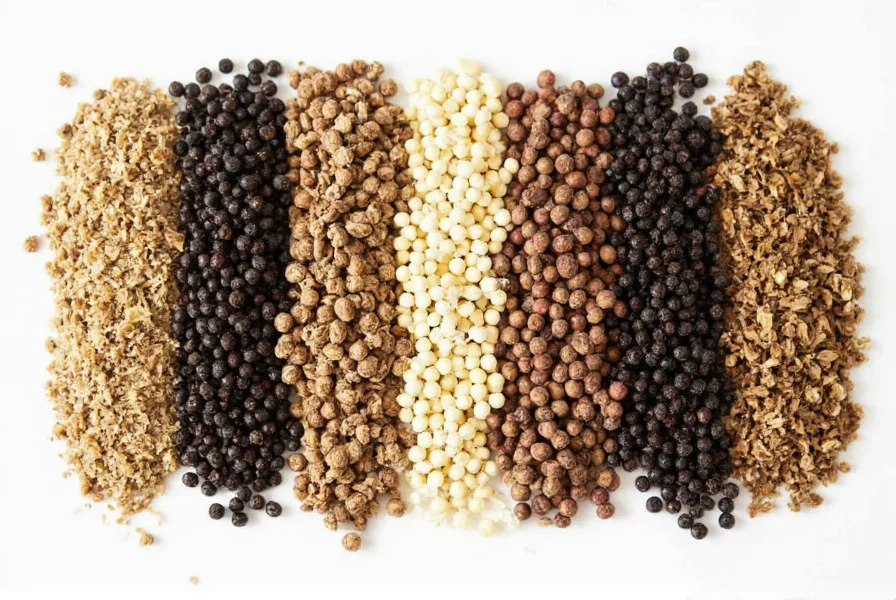









 浙公网安备
33010002000092号
浙公网安备
33010002000092号 浙B2-20120091-4
浙B2-20120091-4